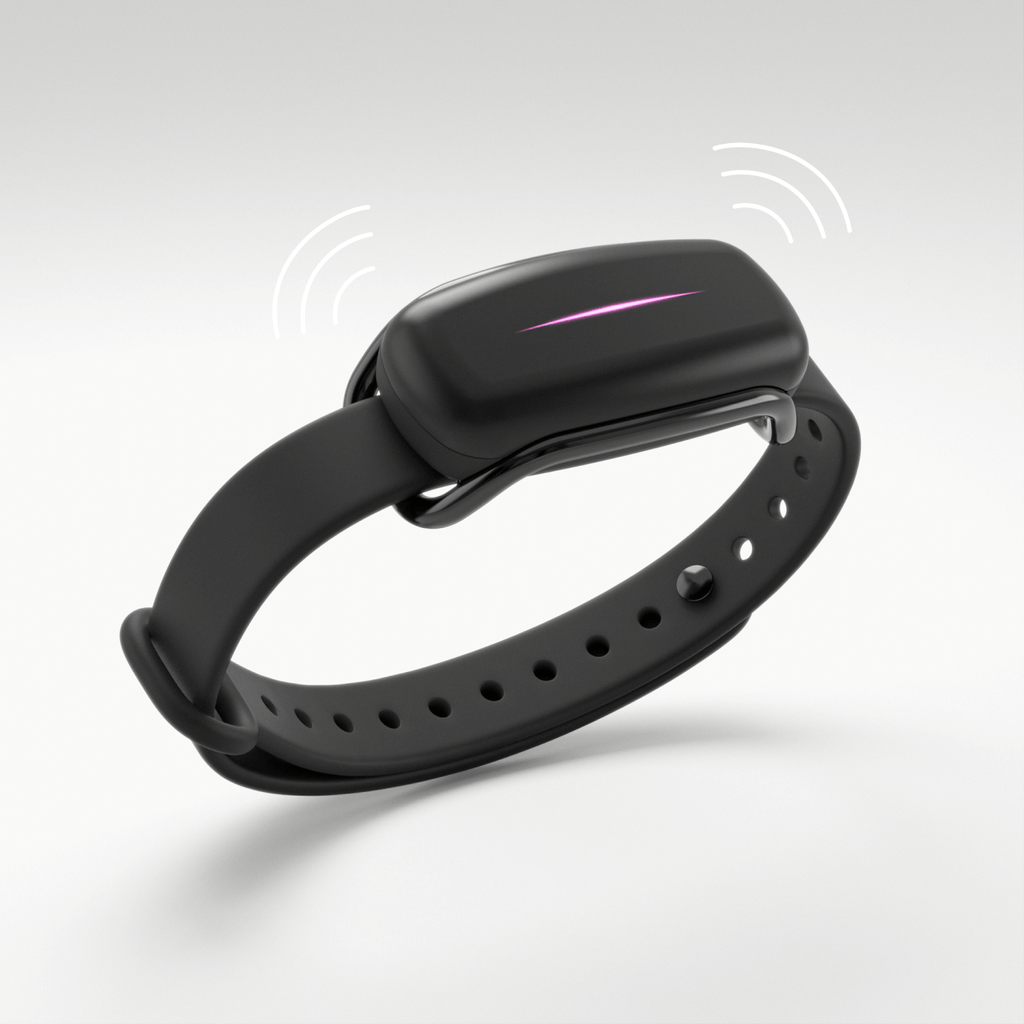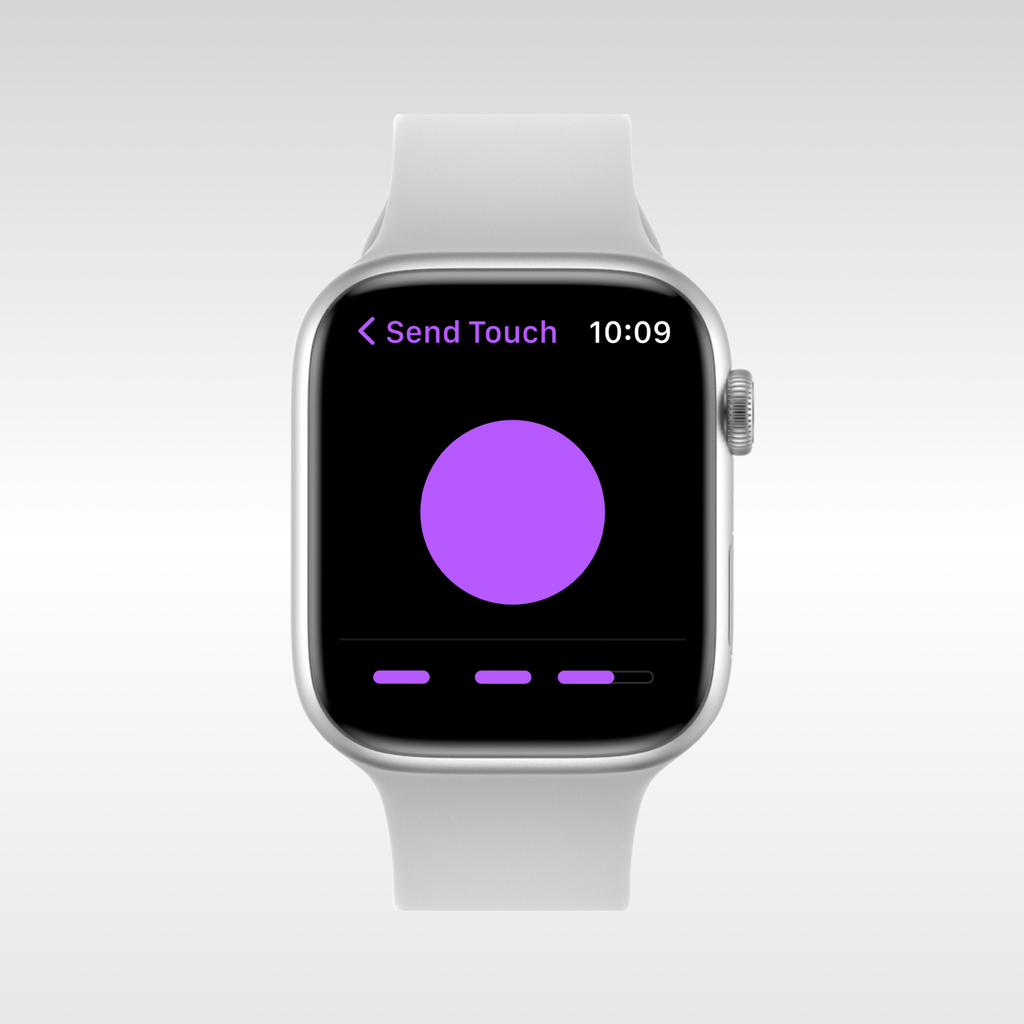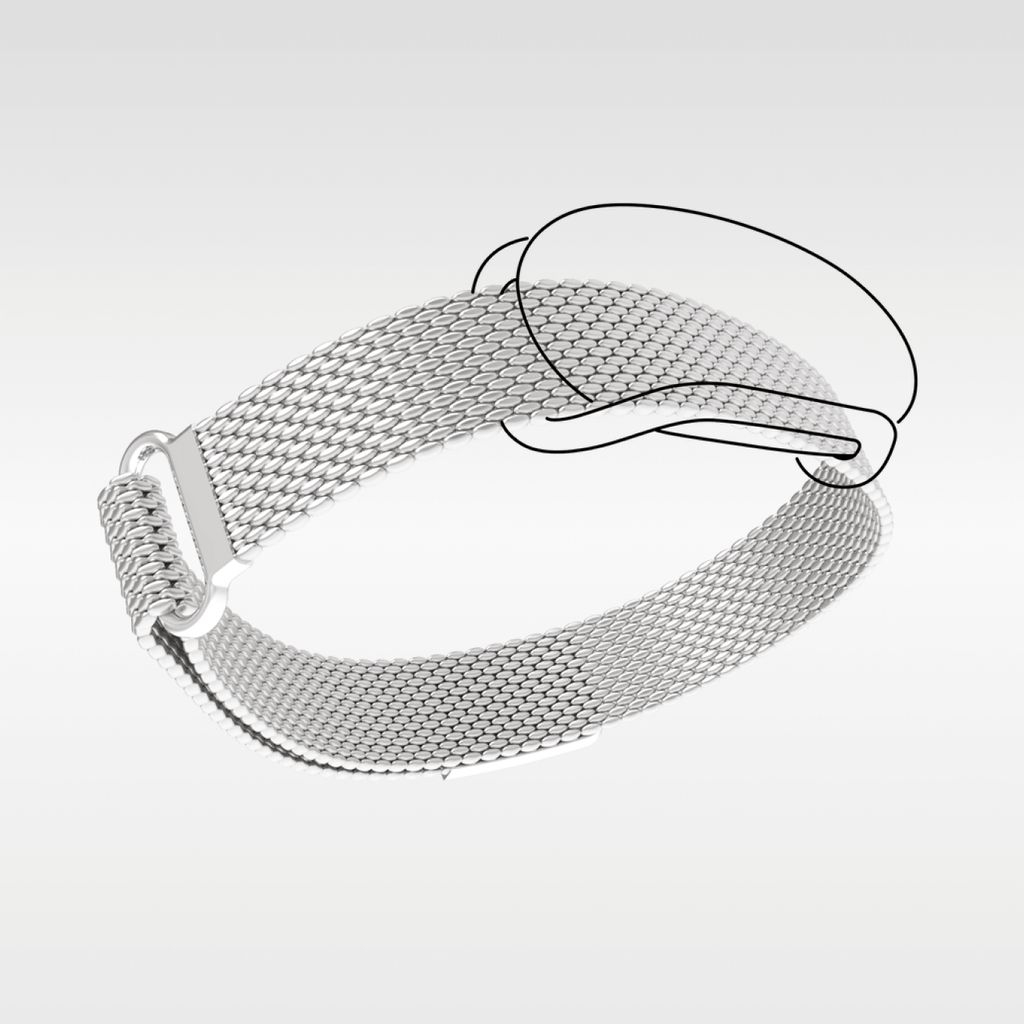When my mum went to the beach she was always looking forward to seeing the elephants. This was many years ago in East Africa. The world has since changed but her stories stayed with me and whilst researching about the benefits of non verbal communication, the parade of gentle giants kept coming up and waving their trunks in my direction.
Trunk-to-trunk communication is a wonderful aspect of elephant behavior. Elephants are known to use their trunks for a variety of purposes, including touching, smelling, and grasping objects but in terms of communication, elephants use their trunks to touch each other as a form of nonverbal communication.
Some researchers believe that trunk-to-trunk contact may also serve as a way for elephants to communicate information, such as the location of food or water, or to signal danger. In this sense, trunk-to-trunk communication may be similar to how humans use nonverbal cues, such as facial expressions and body language, to convey information and emotions.
So, what can we learn from elephants about the importance of nonverbal communication? First, it's clear that nonverbal cues can be powerful tools for expressing emotions and building relationships. That's one of the reasons we created Bond Touch.
In the case of elephants, trunk-to-trunk contact serves as a way to show affection, comfort, or support. Similarly, in human interactions, nonverbal cues such as a smile or a hug have a positive impact on our relationships. We should be aware of them. They all add up!
Pay attention to the way you use touch in your interactions with others. A gentle touch on the arm or shoulder can be a powerful way to show support or empathy, while a firmer handshake can convey confidence and assertiveness.
Be mindful of your body language and use it to your advantage. For example, standing tall with your arms at your sides can make you appear more approachable, while crossing your arms or avoiding eye contact can make you seem closed off or uninterested. Most of it is pretty intuitive. Consider the context of the interaction and adjust your nonverbal communication accordingly.
Finally, remember that nonverbal communication is a two-way street. Pay attention to the nonverbal cues of the person you're interacting with, and use them to guide your own behavior. For example, if the other person seems uncomfortable or uneasy, you may want to adjust your body language to be more reassuring or comforting. This also goes for long distance relationships. Remember zoom broadcasts your face and body posture. Use them in your communication, no matter how remote.
TOUCH
Touch, and because we are in a Bond Touch context, is the first sense that develops in humans, even before sight or hearing. This is why infants are soothed by being held and why touch is important for their overall development.
The sense of touch is closely linked with emotions and can have a strong influence on our mood and psychological well-being. For example, research has shown that a gentle touch can reduce anxiety and improve social bonding.
The skin is the largest organ in the human body (watch Emma Bryce's great presentation) and is home to a vast network of sensory nerve endings that allow us to feel touch. These nerve endings send signals to the brain, which interprets them as various sensations, such as pressure, temperature, and pain.
The sense of touch is not just limited to our skin; it also plays a role in how we perceive the texture and shape of objects. For example, when we pick up an object, nerve endings in our fingertips and hands send signals to the brain that help us determine its texture and shape.
Touch can also affect our physiological responses. For example, a gentle massage can lower heart rate and blood pressure, while a firm handshake can increase them. That's one of the reasons why we've developed Touch Language. Additionally, touch can release hormones in the body, such as oxytocin, which can have the calming effect you are after at the end of a stressful day.
Touch is a powerful tool for healing, both physically and emotionally. Massage therapy and other forms of touch therapy have been shown to have various health benefits, such as reducing stress, improving sleep, and increasing feelings of well-being. You still can't massage someone remotely (although we may be working on that problem :-). In the meantime you are able to send multi-dimensional touch using Bond Touch More to ensure your non-verbal communication is enriched. So that from a distance you can feel like the elephants that gave rise to this post. So that you can turn your long distance relationships into gentle giants.







